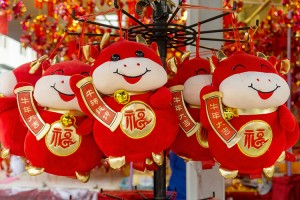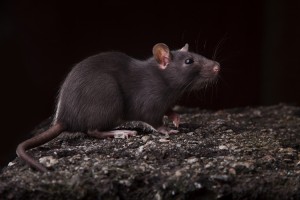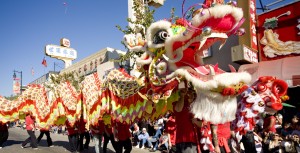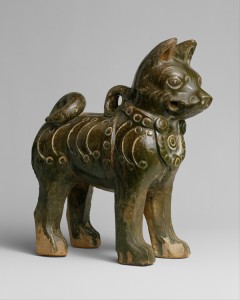Happy Year of the Ox!
Thursday, February 11th, 2021
Stuffed toys in a Chinatown market celebrate the Chinese year of the ox.
Credit: © lennykaiser, Shutterstock
Friday, February 12, marks the first day of the Chinese New Year, the most important festival of the Chinese calendar. The date of the Chinese New Year is based on the cycles of the moon. It begins each year between January 21 and February 20. In ancient China, the monthlong festival marked the end of one farming season and the beginning of a new one. Today, the Chinese New Year festival usually lasts only a few days.
One important part of Chinese New Year is the Chinese zodiac. The Chinese zodiac, also called the Eastern zodiac, is a cycle of 12 animal signs used in a system of astrology practiced in China, Korea, Japan, Taiwan, and some other Asian countries. This system assigns an animal sign to represent each lunar year. A lunar year is a year measured by tracking phases of the moon, rather than changes in the sun’s position in the sky. Each animal sign represents an entire year, and the cycle repeats every 12 years. The 12 animal signs are, in order, the rat, ox, tiger, rabbit (or hare), dragon, snake, horse, goat (or sheep), monkey, rooster, dog, and pig (or boar). The year that begins in 2021 is the year of the ox.
Chinese people prepare for the new year by thoroughly cleaning and decorating the house. Decorations include spring couplets, red paper scrolls with phrases praising the renewal of life and the return of spring.
Family reunions are an important part of the celebration. Family members join in a festive New Year’s Eve dinner. Places are set at the table for absent family members to symbolize the unity of the family. Special foods that symbolize good fortune for the new year are served. For example, rice cakes, called nian gao, are a popular food for New Year’s Eve dinners. The Chinese word nian means year, and gao means high. This food signifies achievement in the new year. Children bow to their parents and grandparents to wish them a long life. Gifts of money in red envelopes are given to children to wish them luck and wealth in the new year.
On New Year’s Day, people visit relatives, neighbors, and friends. Dances featuring colorful dragon and lion costumes are often performed on this day. Parades are a popular New Year’s custom among Chinese communities in the United States and Canada.
However, like so many holidays this past year, Chinese New Year might look different than in years past. In many places, efforts are being made to prevent the spread of the pandemic (global outbreak) of the coronavirus disease COVID-19. Such efforts often include social distancing, meant to limit contact among people and thus the spread of germs. But, limiting the spread of germs doesn’t mean you can’t enjoy the holiday!
One socially distant way to enjoy the holiday is to have a virtual cooking class with family and friends. You can make such foods as dumplings or nian gao. Both delicious dishes are traditional lunar New Year foods! To create a festive environment in which to eat your traditional foods, you can make paper lanterns and dragons for the table.
If you must visit friends or relatives, wash your hands or use hand sanitizer before and after greeting others. Wearing a protective face mask when not eating can help prevent the spread of disease. However you choose to celebrate, we hope you have a safe and fun New Year!






